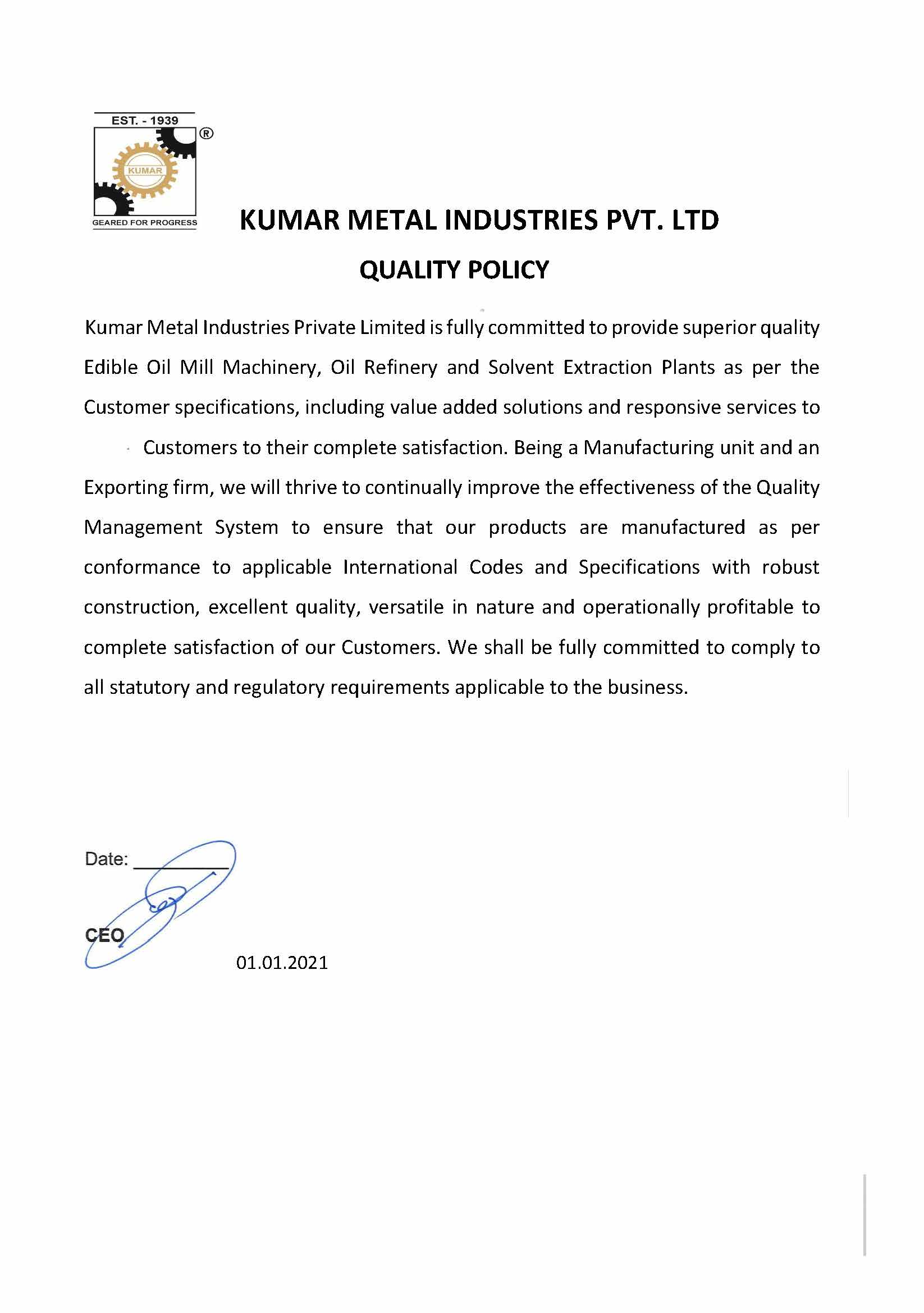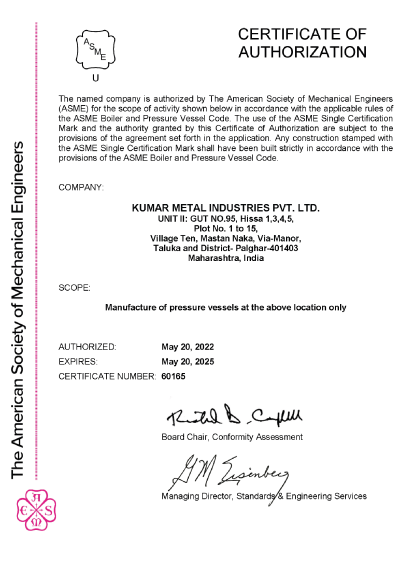Biodiesels

Biodiesel consisting of mono alkyl esters, is a renewable diesel fuel derived from several non-edible vegetable oils, animal fats, or by-products. As a renewable fuel, bio-diesel reduces petroleum consumption can be used as a fuel for either automotive or heating, either in its pure form or blended with conventional diesel.
The most common alcohol used in biodiesel production is methanol in the presence of an alkaline catalyst called 'methyl ester. Higher order alcohols such as ethanol and propanol are also used in biodiesel production; these produce other classes of compounds - 'ethyl esters' and 'propyl esters'. However, biodiesel produced with methanol is economical.
Depending on the feedstock, biodiesel may be referred to by several specific terms and corresponding acronyms, the most common ones being:
- Soybean methyl ester - SME or SOME
- Rape methyl ester - RME
- Canola methyl ester - CME
- Palm oil methyl ester - PME
- Vegetable oil methyl ester - VOME
- Tallow methyl ester - TME
- Fatty acid methyl ester - FAME (a collective term)
Biodiesel feedstocks are categorized into two broad segments:
- Low FFA feedstock: used cooking oil, tallow and vegetable Oil (CPO, Soya, Sunflower and Palm Stearin)
- High FFA feedstock: Acid oil, free fatty acid distillate, spent oil and high FFA vegetable oil
Biodiesels processes
Feedstock contains impurities like phosphorus, gums, metals, moisture, FFAs and mineral acidity. These impurities must be treated via refining before trans-esterification. FFA content, in particular, must be kept below 0.1% to decrease the oil losses and improve yield. The feedstock is degummed and bleached, then deacidified in a packed column. Pre-treated oil is pumped into the transesterification section, and fatty acid distillates are taken to the esterification (Glycerolysis) section and converted to triglycerides.
WASHING & DRYING
Acid oil is subjected to hot water washing to remove mineral acidity and water-soluble impurities. Water and oil are mixed in a counter-current direction for efficient mixing. Decanted oil is transferred for further processing, while wash water is discarded and sent to the ETP after recovering oil that is carried over with it. Any oil sludge is separated from the acid oil by gravity and discarded. Finally, the washed oil is dried in the vacuum dryer.
DRY DEGUMMING, BLEACHING WITH DOUBLE PASS FILTRATION
Washed and dried oil is treated with phosphoric acid to remove phosphates and other impurities like metal contaminants and soap, along with bleaching earth. After bleaching, oil is passed through the pressure leaf filter to remove spent bleaching earth and then through the polishing filter. Mechanically agitated bleacher provides proper mixing contact of bleaching earth to reduce colour pigment load.
During filtration, gummy impurities are separated from oil by passing through the spent earth cake bed and spent bleaching earth at the bottom of the pressure leaf filter. The complete bleaching process is carried out under a vacuum. Polish filtration is included as a security filter.
DEACIDIFICATION
This section consists of a vacuum heat exchanger, packed column as stripper, fatty acid scrubber, retention vessel and fatty acids circulating system. The deacidification process involves removing free fatty acid in the feed oil. Stripping action is needed to release fatty acid vapours. Structural packing creates a required compact surface area, which enhances steam stripping action. The counter-current flow of steam and preheated oil result in the lowest possible steam consumption and maximum removal of free fatty acids.
Residual fatty acid from oil is removed through the retention vessel. Oil entering from the deacidification packed column is heated and provided standard retention time under vacuum. In the heat recovery section of the retention vessel, the discharged oil is cooled by feed oil to recover heat.
Distilled fatty acid vapours are scrubbed by circulating pre-cooled fatty acids. The temperature of pre-cooled fatty acids in scrubbing circuit is maintained by temperature controlling system.
ESTERIFIATION (GLYCEROLYSIS)
This section consists of multiple reactors, a glycerine vapour scrubbing system and a heat recovery unit. Free fatty acids react with glycerine to generate triglycerides.
The reaction carried out at high temperature under vacuum. The equilibrium shifted towards triglycerides by continuous removal of water.
In heat recovery unit, the free fatty acids are heated with discharge oil from the retention vessel and further heated by immersed coil across thermic fluid circulation. The reactor temperature is controlled by controlling flow of hot thermic fluid in circuit.
The Kumar biodiesel process uses a two-stage trans-esterification reaction followed by free methanol recovery by flashing. Soap generated soap can be discarded by washing and drying. Biodiesel production usually involves the following steps:
TRANS-ESTERIFICATION
The pre-treated feedstock is subjected to trans-esterification reaction. This is reaction of lipid/oil with an alcohol to form esters and glycerine as a by-product. It is a reversible reaction; therefore, excess alcohol is used to shift the equilibrium to product side and continuous removal of glycerine. Methyl esters and glycerol are generated as products and by-products, respectively.
Triglyceride + Methanol ---> Methyl Esters + Glycerol
Sodium methylate or sodium hydroxide are the catalysts used.
METHANOL RECTIFICATION
The methanol rectification unit is designed to heat the mixture of contaminated methanol and water and distill the mixture in the rectification column. High purity methanol is fully recovered and recycled back to the trans-esterification reaction. Methanol vapour is recovered from the top of the distillation column, condensed and further cooled, while water is discharged from the bottom of the column. The recovered methanol is dried and re-used as a reagent of the trans-esterification reaction.
BIODIESEL WASHING
Soapy materials, methanol and glycerol traces are removed. Soap traces are treated with citric acid for splitting, after which hot water is mixed with methyl ester for washing. Finally, the washing water with the most impurities is separated from the methyl ester through centrifugal separation or gravity separator and sent to the soapy water treatment section.
GLYCERINE TREATMENT
Glycerine generated in the trans-esterification reaction contains methanol, sodium soap, moisture and salts. Soap is treated with hydrochloric acid for splitting, following which impurities are separated by gravity. The glycerine layer is recovered for further purification, while the water layer is discarded and the oil layer (fatty matter) recycled back to the acid oil section. pH balance for recovered glycerine is carried out by alkali (caustic lye). While methyl ester and glycerine are practically insoluble forming a clear interface, methanol is soluble in both phases. Therefore, it causes a mixed glycerine layer in the methyl ester phase and vice versa. Excess methanol from glycerine is removed by heating and flashing and conveyed to the methanol rectification section. Treated glycerine is sent onward for refining.
Biodiesel distillation is a process of distilling methyl esters under vacuum and high temperature to produce distilled biodiesel. The distillation column consists of structured packing to fractionate heavy and light phases. The bottom residue, i.e. pitch, is sent to storage after distillation. The fractional distillation of methyl esters is used to make pure fractions used in the manufacture of specialty chemicals
DRYING
Treated glycerine contains residual water which has not been totally removed by evaporation during glycerine treatment. This crude glycerine is therefore subject to a final drying step. Water is evaporated from the top of the flash chamber. Final dried glycerine is discharged and sent to the glycerine distillation section.
GLYCERINE DISTILLATION
Glycerine is distilled in a packed tower, fractionated to separate both heavy and light boiling impurities and condensed. Yellowish glycerine is condensed in a separate scrubber. Deodorization can be supplied according to the material being processed. The bottom product (residue) from the distillation column, i.e. pitch, is cooled and conveyed to storage.
BLEACHING
Bleaching involves adsorption at fixed beds of activated carbon - glycerine bleaching to remove colour where activated carbon powder is used as a bleaching agent. The glycerine is then passed through polish filters, cooled and packed in airtight containers.
Kumar's biodiesel plant is a single plant with multi-feedstock options and manufactures high-quality biodiesel to EU (EN 14214) and BIS 15607:2005 standards.
FEATURES
- Very low soap formation
- Reduced catalyst consumption
- High conversion rate
- Low methanol consumption
- Produces pharma-grade glycerine
- Highly energy-efficient
- Consumes lower utilities
- Generates little effluent
The Kumar Guarantee
Our innovative engineering solutions and superior manufacturing standards help you optimise operating costs and improve efficiency. We dedicate ourselves to every project we take on to ensure a successful outcome for your company. We've delivered over 700 projects to over 500 customers in more than 65 countries. Let us help you deliver your next one successfully.









